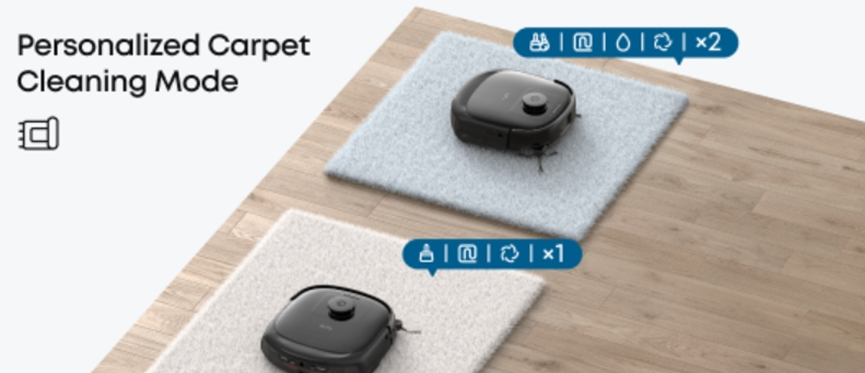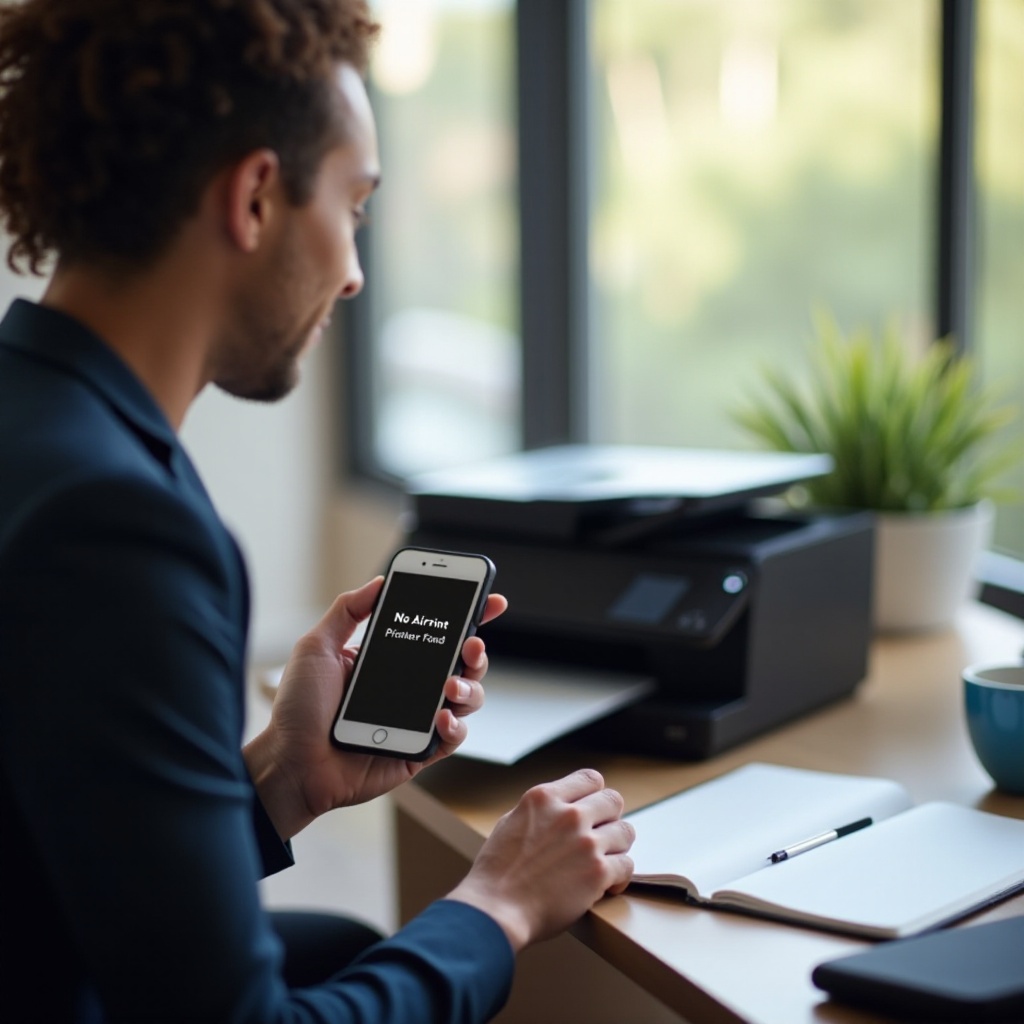Carpet stains happen to everyone—whether it’s spilled coffee, muddy paw prints, or an accidental juice disaster. Renting a carpet cleaner can be a cost-effective solution, but not all machines are created equal. The wrong choice could leave stains behind, waste your time, or even damage your carpets. A high-quality rental ensures deep cleaning, saves money on professional services, and extends your carpet’s life. In this article, we’ll break down the key features to consider before booking a carpet cleaner rental.

1. Cleaning Power & Suction Strength
The most critical feature of any carpet cleaner is its ability to lift dirt and stains effectively. Weak suction means the machine only wets the carpet without removing deep-seated grime. Look for terms like “high-pressure water jets” or “strong suction power” in the rental description. Machines with adjustable settings are ideal since they allow you to switch between gentle cleaning for delicate rugs and intense scrubbing for stubborn stains. Pet owners should pay extra attention—animal hair and odors require stronger suction and specialized brushes. Test the machine on a small, hidden area first to ensure it doesn’t fray fibers or leave excess moisture. Remember, a powerful cleaner reduces the need for multiple passes, saving you time and effort.
2. Tank Capacity & Room Coverage
A small water tank means constant refills, turning a quick cleaning session into a frustrating chore. For a standard living room (around 300 sq. ft.), a tank holding at least 1.5 gallons is ideal. Larger homes may need machines with separate clean and dirty water tanks to avoid cross-contamination. Check how much area the rental company claims the machine can cover per fill—this helps estimate efficiency. Portable models are great for spot cleaning but lack the capacity for whole-house jobs. If you’re tackling multiple rooms, opt for a full-sized cleaner with wheels for easy movement. Keep in mind that overfilling the tank can lead to leaks, while underfilling forces you to stop mid-cleaning. Always measure your space beforehand to choose the right tank size.
3. Specialized Cleaning Needs
Not all carpets are the same, and neither are stains. If you’re dealing with pet accidents, ensure the rental includes an upholstery tool for furniture and an enzyme-based cleaner to neutralize odors. High-traffic areas may need a rotating brush system to loosen embedded dirt, while delicate wool rugs require gentler settings. Some machines offer steam cleaning for sanitization, which is great for households with allergies. If the rental includes attachments like crevice tools or stair cleaners, take advantage of them for a thorough job. Always confirm whether cleaning solutions are included or sold separately—using the wrong detergent can void warranties or damage fibers.

4. Ease of Use & Mobility
A heavy, complicated machine can make cleaning feel like a workout. Look for lightweight models with ergonomic handles and smooth-rolling wheels. Features like a long hose or cordless operation add convenience, especially for stairs and tight corners. Check if the rental includes clear instructions—some stores provide quick-start guides or video tutorials. Adjustable height settings prevent back strain, while intuitive controls save time. If possible, test the machine’s weight before renting. A bulky cleaner might be powerful but difficult to maneuver around furniture. Remember, user-friendly designs reduce cleaning time and physical effort.
5. Rental Cost Factors
Hourly vs Daily Rate Comparison
Rental stores often offer hourly, daily, or weekend rates. Hourly rentals work for small jobs, but if you’re cleaning an entire house, a daily rate is more economical. Compare prices from different providers—some include cleaning solutions and accessories in the base price, while others charge extra. Always ask about early return policies in case you finish sooner than expected.
Hidden Fees (Cleaning Solution Costs, Deposits)
Read the fine print to avoid surprises. Some rentals require deposits, which are refunded only if the machine is returned undamaged. Others charge separately for detergents, stain removers, or upholstery tools. Ask about late fees—returning the cleaner past the deadline could double your cost. A transparent rental agreement saves money and stress.
Pro Tips for Best Results
Pre-Treatment Tricks for Tough Stains
Pre-treating stains boosts the cleaner’s effectiveness. For food or drink spills, blot (don’t rub) with a mix of vinegar and water. Grease stains respond well to baking soda, while pet accidents need enzyme cleaners to break down odors. Apply the solution and let it sit for 10–15 minutes before running the machine. For heavy soiling, use a soft brush to agitate the pretreatment. Avoid over-wetting the carpet, as excess moisture can delay drying.
Drying Time Reduction Techniques
Speed up drying by opening windows, running fans, or using a dehumidifier. After cleaning, make slow, overlapping passes with the machine to extract as much water as possible. Walk on the carpet only when completely dry to prevent resoiling. Place aluminum foil under furniture legs to avoid rust stains. For best results, clean carpets in the morning to allow all-day drying.
Conclusion
Renting a carpet cleaner doesn’t have to be overwhelming. Focus on suction power, tank size, and specialized features that match your needs. Compare rental costs, watch for hidden fees, and follow pre-treatment steps for spotless results. With the right machine, your carpets will look revitalized without the expense of professional services. And if you prefer owning a cleaner, brands like Eufy offer excellent home-friendly options. Whether you choose a carpet cleaner rental or invest in your own, these tips ensure a fresher, cleaner home.

